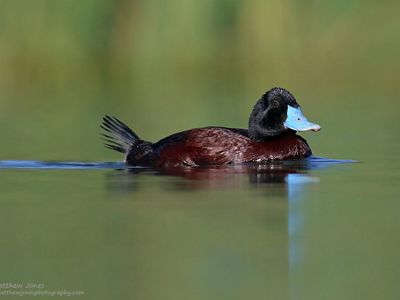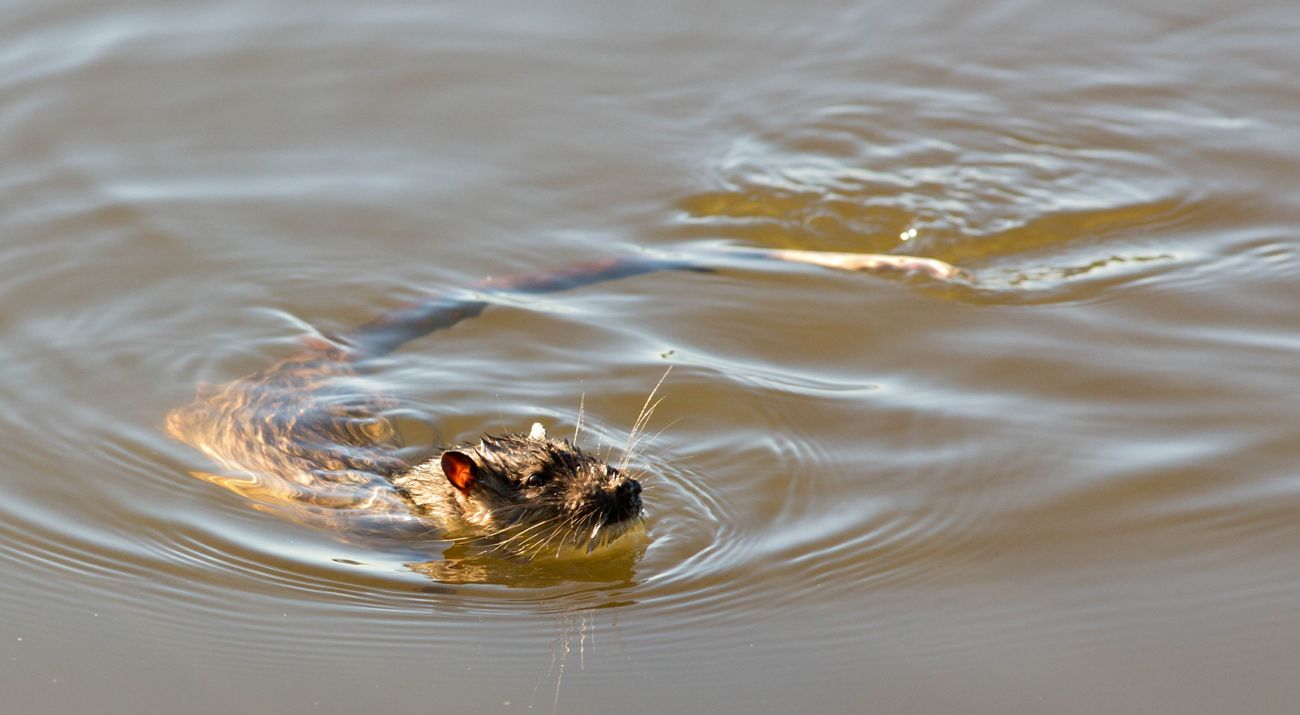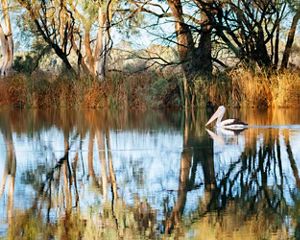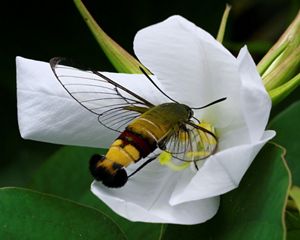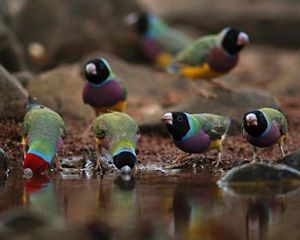Flood Favouring Fauna
Get to know the life dependent on floods of the Murray-Darling Rivers
Many of the great wild rivers of the world like the Amazon, Ganges and Yangzi have seasonally fluctuating flows which slow within the confines of their banks in dry times but swell and flood surrounding plains during wetter periods. Australia’s largest river system, the Murray-Darling Basin, has followed a similar pattern for more than 100 million years.
The floods bring nutrients to surrounding areas which fertilise the soil making them important areas for agriculture. Like people, many plants and animals in these rich ecosystems are also dependent on occasional floods. Mighty River Red Gums, away from the permanent water’s edge, need the occasional drink the floods provide, while fish and waterbirds benefit greatly from the availability of breeding habitat provided by the wetlands temporarily created by flooding events.
Our work in the Murray-Darling Basin is developing a way to sustainably allocate water for both agriculture and the environment while providing a return for investors.
Meet some of the flood dependent animals of the Murray-Darling Rivers.
Murray Cod
Australia’s largest exclusively freshwater fish, the Murray Cod, can grow up to 1.8 metres long and weigh more than 100 kilograms. In the early history of European settlement, this long-lived species was heavily overfished leading to a serious population crash.
Its survival today continues to be threatened by a complex range of factors including loss of suitable habitat (such as the removal of fallen trees and branches in the river), barriers to movement and altered river flows.
It's listed as Critically Endangered according to the IUCN Red List.
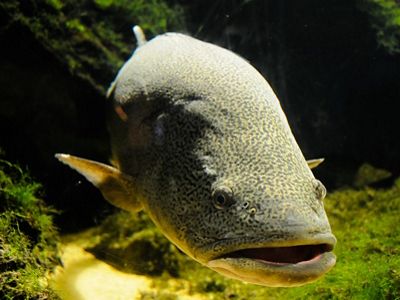
Eastern Regent Parrot
This beautiful parrot relies on two habitat types for its survival – nesting habitat in mature River Red Gums within 20 metres of water and feeding habitat in nearby mallee country.
Restrictions in the free flow of water in the Murray River and land clearing have negatively affected both of these habitats resulting in the Eastern Regent Parrot being listed nationally as Vulnerable.
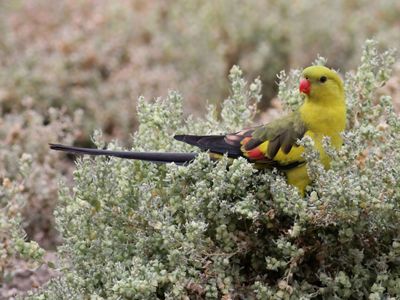
Rakali
This large native rodent grows up to 715 millimetres long, from nose to white-tipped tail.
Native to eastern, northern and south-western Australia as well as New Guinea, it occupies a unique niche somewhat similar to otters found on other continents.
Nocturnal and semi-aquatic, it lives in burrows on the edges of rivers, lakes and estuaries and feeds on insects, fish, crustaceans, molluscs, frogs, birds’ eggs and water birds.
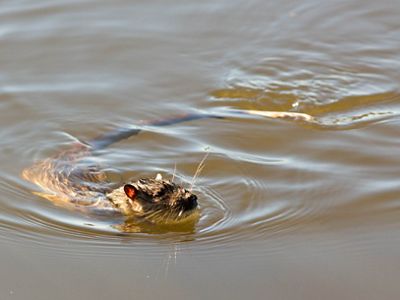
Blue-billed Duck
Although they can walk on land in a penguin-like waddle, these strikingly coloured small ducks are almost exclusively aquatic. They occur in different parts of Australia but their stronghold is in the Murray-Darling Basin.
During the non-breeding season, they gather in large flocks in open lakes or dams far from shore. In spring, they move to deep, freshwater swamps with dense vegetation to breed.
Natural flows of water into these swamps are therefore important for their continued survival.
